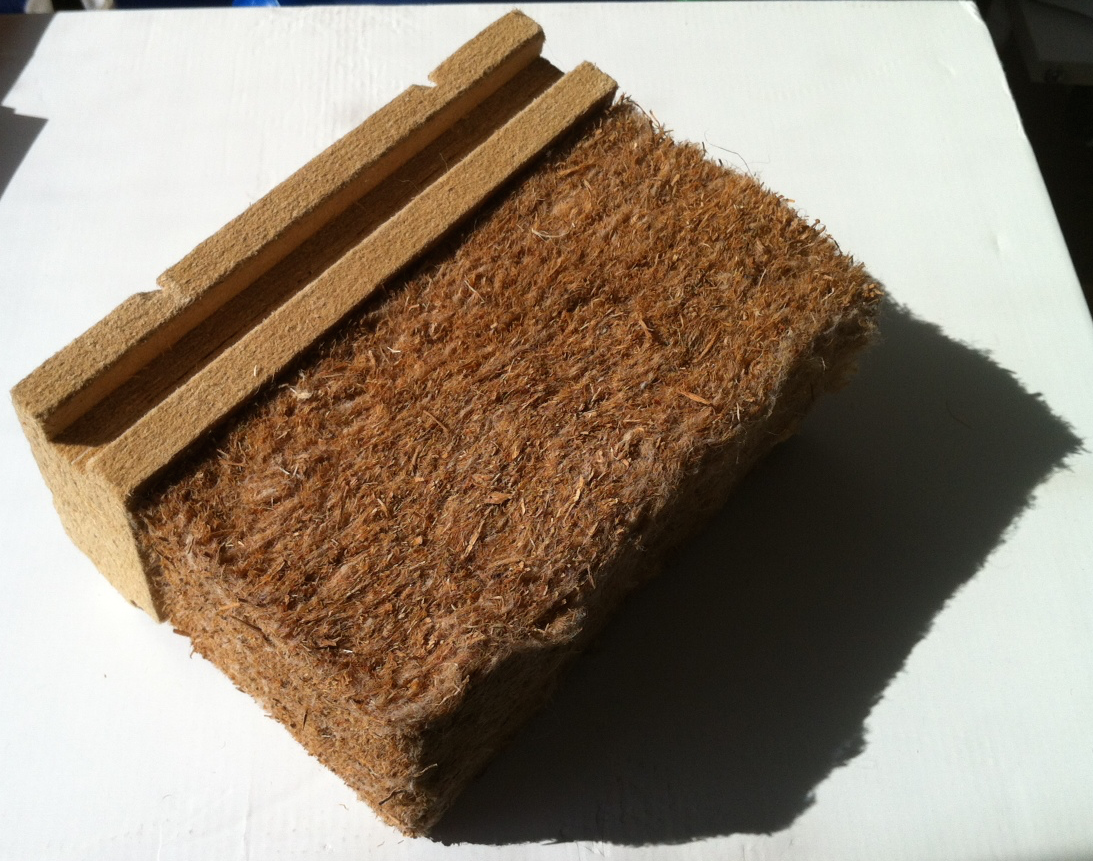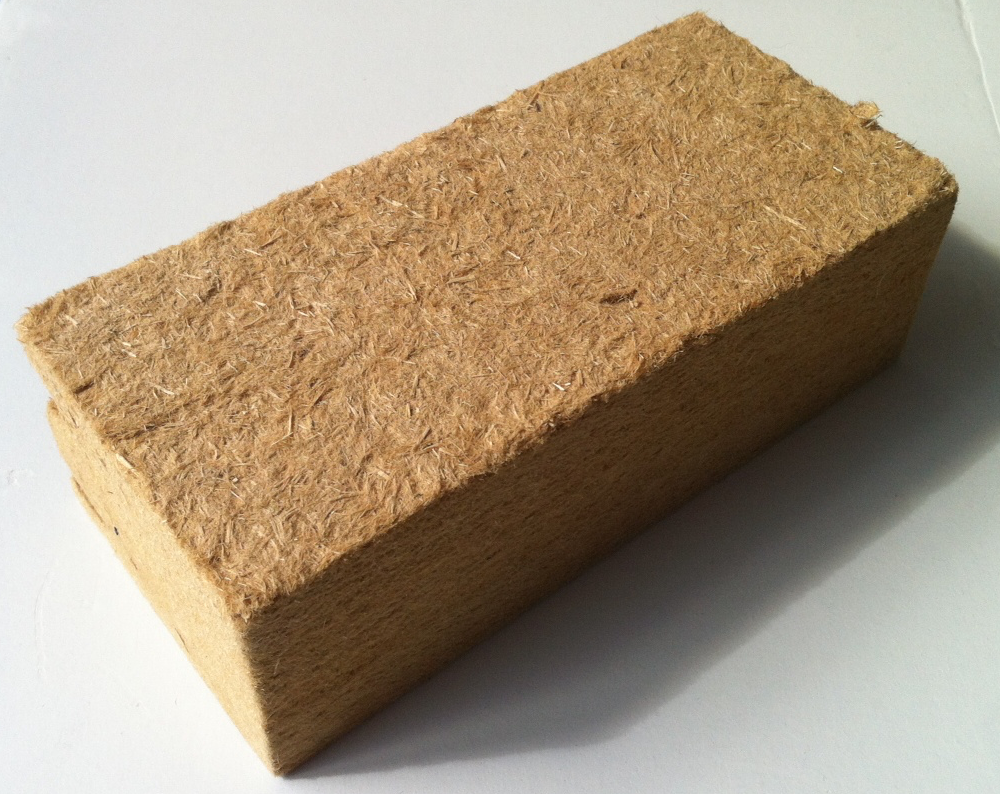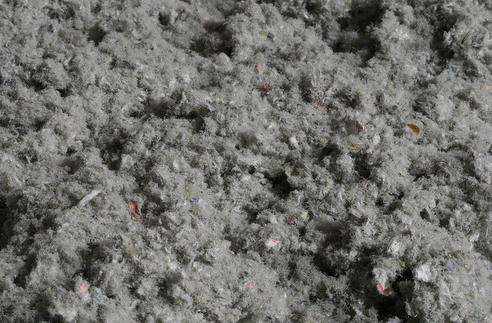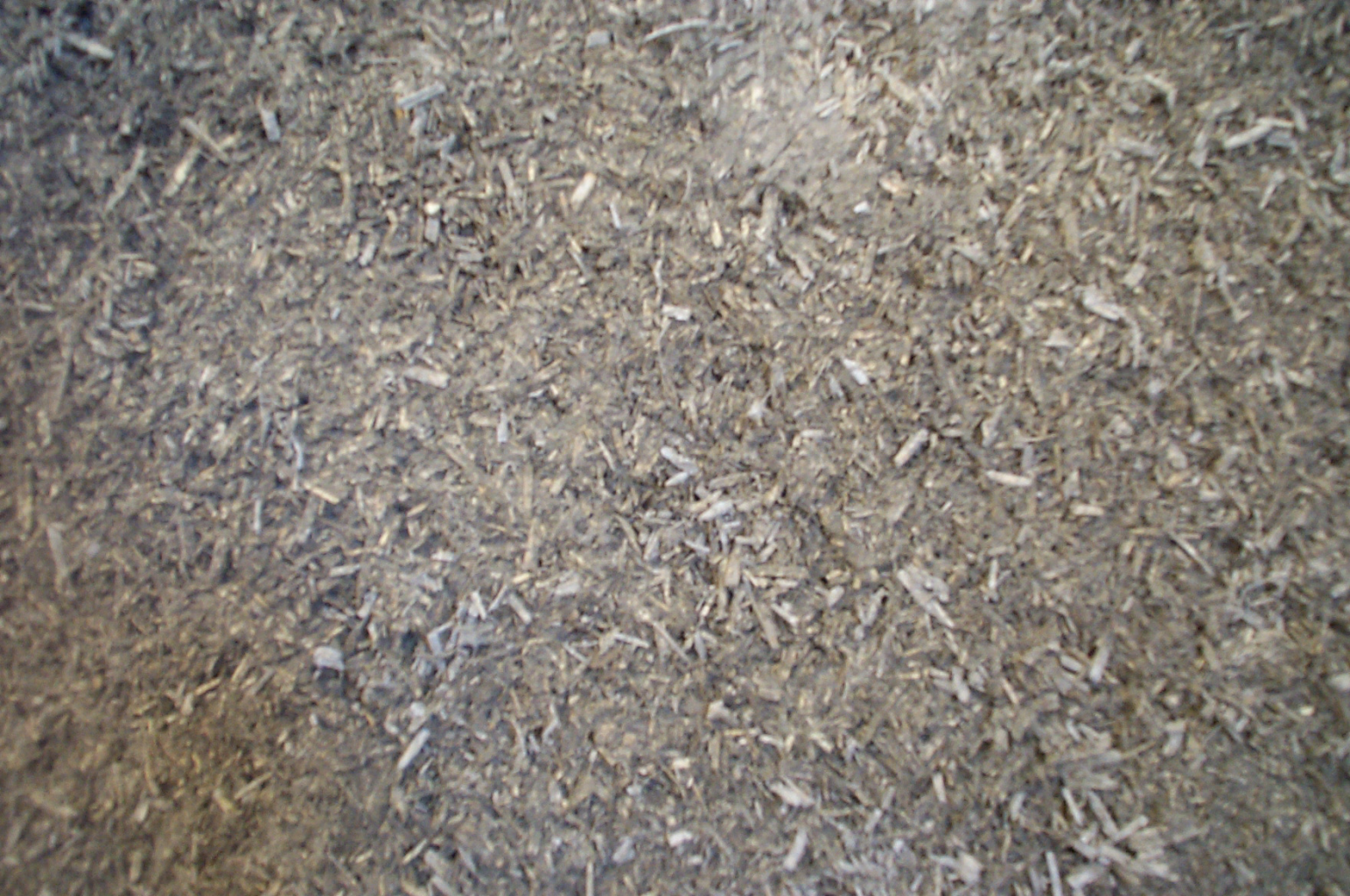How Insulation Works Properties
GBE > Encyclopaedia > Code > Materials > Properties > G#41275
How Insulation Works Properties
About:
Back to Basic Principles:
How Thermal Insulation works
- Active air dissipates or loses heat.
- Voids and eddy currents:
- Empty voids in construction provide a place for heat to escape into, rather than heat the occupants of inhabited rooms.
- e.g. floor joist zones, partition stud zones, dry lining and service voids.
- Convection eddy currents in empty voids will lose heat energy over time.
- Eddy currents can also transfer heat from one side of a cavity to the other.
- Eddy currents can also occur within open celled thermal insulation.
- e.g. mineral fibre insulation.
- Partially insulated voids with gaps in one or more plains leaves routes for heat loss.
- Insulation to framing, insulation to insulation, insulation to linings.
- Choose the right insulation format and size for the application or crumpling will occur and gaps arise, diminishing performance.
- Wind wash at eaves:
- Anti-condensation ventilation air entering a pitched roof at eaves can draw heat out of the ceiling insulation and vent it away, making it less effective.
- Ceiling insulation in a conventional roof can be reduced in thickness at the eaves at its most vulnerable location, with potential thermal bridging and risk of condensation.
- Air passage through ventilation cavities draws heat out of insulation and vents it away.
- Cavity masonry with partial fill stone mineral wool insulation without an airtight membrane is less effective.
- An Austrian design guide shows masonry cavity wall partial fill insulation with a breather membrane (BM) between insulation and cavity.
- Potentially challenging to introduce in the UK.
- Comparable to a rainscreen cladding with insulation also with breather membrane.
- Open cell and open surface insulation: heater air will readily pass through easily.
- g. stone or glass mineral wool.
- g. Spherical expanded polystyrene balls with gaps at the interstices, air and heat will pass through ‘Air washing’.
- Air and wind leaky construction surrounding thermal insulation will not let the insulation perform at its optimum.
- Evidence:
- Heat loss test:
- @ Stuttgart Institute of Building Physics 1989 DBZ 12/89 p1639ff
- 1m2 x 140mm insulation and vapour barrier (VB)
- Temperature difference: 30 degrees C (+20 to -10)
- U values:
- VB intact: 0.3 W/m2.K.
- VB with 1mm cut (0.1% of area): 1.44 W/m2.K.
- 1 mm gap in membranes can lead to reduction in insulation performance.
- By a factor of 4.8.
- Voids and eddy currents:
- Thermal Convection Insulation:
- Static air holds heat, stops it dissipating and being wasted.
- A static air thermal insulation layer around a room will reduce heat loss from that room.
- Closed cell insulation holds air steady inside many small, closed cells.
- g. Cellular glass (CG).
- Closed face/cell Insulation:
- Closed cell insulation prevents passage of air and moisture from cell to cell across the material.
- g. Cellular glass (CG).
- Foil faced insulation prevents air being drawn out of the insulation along with heat.
- Foil faces will also help to reduce heat loss by radiation, but not entirely.
- g. Foil faced foamed plastic rigid insulation,
- Closed cell insulation prevents passage of air and moisture from cell to cell across the material.
- Thermal Conductivity Insulation:
- Heat will pass through insulation materials by conductivity.
- The less material there is the less heat passes through it.
- There is a direct relationship between density of the material and its conductivity.
- A vacuum provides no material to pass through.
- Foamed plastics:
- Offer plenty of conductivity thermal performance but low solar radiation resistant thermal performance.
- Are not ideal for flat, shallow or pitched roof thermal insulation, they will let the heat in but won’t let it back out again.
- Closed cell foamed plastic potentially drive any moisture entering construction via defective Vapour Barriers, through the structural timbers.
- Mineral wool:
- Offers conductivity thermal performance but low solar radiation resistant thermal performance.
- Are not ideal for lightweight flat or pitched roof thermal insulation, they will let the heat in but won’t let it back out again.
- Potentially drive any moisture entering construction via defective Vapour Barriers, into contact with or through structural timbers
- Vacuum Insulted Panel:
- Sun’s rays pass unhindered by the vacuum of space all the way to reach planet Earth.
- Creating and maintaining a vacuum to occupy space in construction is challenging.
- Geometrically densely packed plastic balls, wrapped in an aluminium foil and air sucked out of the interstices, and an effective seal, makes it possible.
- If punctured and the vacuum filled with air, the closely packed interstices still offer a significantly reduced k value.
- Offers conductivity thermal performance but no solar radiation resistant thermal performance.
- Are not suitable for lightweight flat, shallow or pitched roof thermal insulation, they will let the heat in but won’t let it back out again.
- Long pathways:
- Extruded clay (also concrete, lime-crete, lime-pumice, wood-crete) blocks have many small overlapping hollow air cells.
- Cell orientation if parallel with the wall so pathways for thermal conducting heat are long.
- Heat loss by conductivity is slow.
- Thermal Radiation Insulation:
- Soaks up the heat of the sun, rises in temperature.
- Slows heat’s passage through insulation.
- Delays the heat’s passage from outside to inside.
- If thick enough will delay the sun’s heat until the sun sets without letting any heat through to the inside.
- Preventing building overheating.
- g. Cellular glass, cork, dense wood fibre, cellulose flake.
- Cellular glass:
- Offer conductivity thermal performance and solar radiation resistant thermal performance.
- Are suitable for lightweight flat, shallow or pitched roof thermal insulation, they won’t let the heat in and won’t let it out.
- Often used in heavyweight roof construction.
- Potentially drive any moisture entering construction via defective Vapour Barriers, through the structural timbers
- Water and Moisture Vapour tightness and frost resistance are achieved by:
- Applying a flood coat of hot bitumen to a roof pushing the insulation slabs into the flood coat so excess bitumen squeezes up between joints and then the top surface squeegeed over with bitumen.
- Wrapping in an adhered membrane.
- Plant based fibre or flake:
- Offer conductivity thermal performance and solar radiation resistant thermal performance.
- Are ideal for lightweight flat, shallow or pitched roof thermal insulation, they won’t let the heat in and won’t let it out.
- Potentially absorbing any moisture entering construction via breathing moisture permeable airtightness layers, into the insulation fibres away from timbers (letting the insulation perform well) and releases moisture vapour when conditions are right.
- Reflective Insulation:
- Foil faced insulation can reflect light and heat.
- Flexible foils can concentrate reflected light and heat.
- Care should be taken to protect eyes and skin from intense reflected light.
- Foil faces will also help to reduce heat loss by radiation, but not entirely.
- g. Foil faced foamed plastic insulation.
- Directional Insulation:
- The first examples of this appearing in the UK market, were in glazing applications:
- Insulation made of closed cell hollow tubes of clear plastic assembled with close geometrical compaction making a board where tubes pass through the thickness of the board.
- The tubes are transparent and offer a degree of internal surface reflectivity.
- Light falling perpendicular to the board surface and parallel to the tubes will readily pass through the tubes and illuminate beyond the board.
- Light falling at a slight angle will benefit from internal reflectivity in the tubes to pass through but with a lower level of light passing through.
- Light falling at a significant angle will not readily pass through.
- The board is effective as solar shading.
- The closed cells in the board also act as thermal insulation, albeit a weaker performance than if the tubes ran parallel with the board.
- This was included within double glazed sealed units.
- European environmental equivalents are available:
- Made of cellular carboard with open tubes between glass sheets.
- Straw bales used as wall construction and thermal insulation:
- Exhibit similar thermal (not light) characteristics and exhibits different k values for straw stalk and bale orientation in the wall.
- The first examples of this appearing in the UK market, were in glazing applications:
- Surface emissivity:
- This characteristic varies with the material, its density and colour.
- This characteristic occurs at the element surface or at surface of voids.
- There is no numerical improvement in U value calculations due to it.
- Infrared thermography anomaly heat losses need to be reviewed carefully acknowledging the material’s surface emissivity.
- Day and night-time photos or a site survey are needed for a competent analysis.
- Modifying Surface Emissivity:
- There are coatings that can significantly modify the surface emissivity of hot materials.
- Hot materials that would otherwise cause skin burns, with a low flux coating can be safe to touch.
- There are opportunities to be had here to reduce heat loss from surfaces.
- Insulating Paints:
- A pipe dream of UK Government, thin and easy to treat.
- Manufacturers are solution providers and have tried to respond.
- Paint with aerogel or insulating glass spheres in the mix.
- Changes the apparent temperature of the wall.
- It reflects the heat of the hand and feels warmer.
- It has a good k value, but it’s too thin to be effective, so hardly changes the U value.
- Glass spheres can shatter passing through high pressure spray valves becoming ineffective.
- Special performance spray valves can solve that problem.
- There are innovators who have developed extreme low emissivity paints.
- Until these paints have been proven by credible tests, they will remain experiments.
- Test evidence or lack of it will prevent this reaching market.
- Surface resistivity and cavity resistivity:
- This characteristic varies with each element, direction of heat flow, size of cavities.
- Insulation material choice have no effect on this characteristic.
- There is a small numerical improvement in U value calculations due to it.
- If an insulation relies on surface resistivity in its calculations, then a cavity or open space of say 25 mm needs to exist adjacent to the insulation for this characteristic to perform.
- One multi-foil manufacturer uses incorrect surface resistivity values in its U value calculations.
- Reviewed by test and accreditation houses, but not detected!
- Always do your own checking.
- Multi-foil Insulation:
- Consist of multiple E.g. 14 No. layer, reinforced aluminised polyethylene outer layers alternating layers of aluminised polyethylene, expanded polyethylene ‘bubble wrap’, polypropylene fleece, all stitched together.
- The theory goes that the layers each have reflective non-radiative low-emissivity surface resistivity characteristics, but each layer needs its own cavity to perform in this way, but only the outer layers get a 25 mm cavity.
- One manufacturer claims 250 mm of thermal conductivity resistance performance in 19 mm of multi-foil with adjacent 2 No. 25 mm cavities.
- Potentially very effective with very little material used.
- High embodied energy and high embodied carbon materials in relatively small volumes.
- Potentially a vapour barrier except for the layer stitching puncturing each of the layers.
- Stitching compresses all layers to 4 mm or so creating a repeating thermal bridge.
- Multi-foil insulation’s outer layers can reflect light and heat.
- Flexible multi-foils outer layers can concentrate reflected light and heat.
- Care should be taken to protect eyes and skin from intense reflected light.
- Initially muti-foils resist solar radiant heat but once the small volume of material is warmed up, then heat flows.
- Case Study: ZedFactory 2023 Futurebuild Low-cost housing uses 140 mm insulated interlocking plywood cassette wall panels with one layer of multi-foil outside with narrow ventilation cavity.
- Also used multi-foil outside of hinged joint between roof and wall.
- Illustrations: BRM
- Spray applied foaming plastic insulation in timber construction:
- Scope:
- Insitu foaming plastic thermal conductivity insulation.
- Applied between timber of metal rafters of a pitched roofs.
- Applied between timber or metal ceiling joists of a shallow or flat roof.
- Apply between studs. Light timber framed (LTF) walls.
- Applied by wheeled robot to underside of timber suspended ground floors.
- g. Q-Bot
- Problems:
- Environmental:
- Mostly based on fossil fuel oil by-product, so high carbon.
- Foaming/blowing agent can be ozone depletion potential gas,
- EU made or sold products should be zero ozone depletion potential (ZODP).
- Ozone legislation still permits developing countries to manufacture ODP gasses.
- UK Brexit has given UK Conservative Government an opportunity to drop International Agreements, EU legislation and replace them with more profits for business, unburdened by environmental legislation and climate targets.
- Sounds like UK’s Boris and Rishi are like USA’s Trump “Agent Orange”.
- Competency:
- Liquid spray applied into timber structure zone, onto backgrounds, sarking board or roofing underlay.
- Expands to fill rafter zone, but finished surface will undulate, thickness fluctuates and performance will be variable.
- Cavities due to fluctuating thickness will encourage heat loss into those cavities.
- It may be tempting to add second spray to bring flush with rafters, with risk of delamination.
- Thickness is challenging to control:
- Depth of rafter would be a convenient thickness control line.
- Apply to exceed depth of rafter then scrape flush?
- wasting materials, generating foam waste that will breakdown to micro-plastic waste in the environment.
- Shrinkage can occur after application and setting, leading to air and moisture leakiness.
- Foamed plastic has the potential to react badly with any plastics in the roof.
- Polymer migration of plasticisers leaching out of one into another:
- Electrical wiring plasticised Polyvinylchloride (PVC, Vinyl) sheathing
- Bitumen based traditional roofing underlay (chosen for compatibility with bats)
- Polyolefin breathable or intelligent roofing membranes.
- Polypropylene (PP) or High-Density Polyethylene (HDPE) eaves, ridge and verge ventilation accessories.
- Most foaming plastic insulation is vapour closed and forces all moisture vapour egressing the construction through the timbers putting timbers at risk of mould and rot.
- Health:
- Some vulnerable people can have unhealthy reaction to off-gassing, unable to access their homes potentially losing all their investment.
- Biodiversity:
- Inadequate surveys can lead to encasement of bat populations in roofs.
- Case Study:
- One installation team detected bat populations and withdrew.
- Company Director sent in a second team to finish the job.
- Solutions:
- High airtightness if compression against timbers and adhesion to timbers is achieved.
- Access to timbers can allow application of primer to achieve a good bond and airtightness, but this is unusual practice.
- Foaming/blowing/propellant agent needs to be selected as:
- a zero-ozone depletion potential gas.
- A healthy gas for occupants.
- See Materials Safety Data Sheet (MSDS) and read it carefully.
- The loose fit may help with removability if found necessary.
- Vapour open foaming insulation is not the norm but is available.
- There is one product on the market.
- g. Isocyene
- Bat encasement and entrapment is a crime, punishable with significant fines (£5000/bat) and imprisonment.
- Bat droppings are easy to identify, there are no excuses.
- Seek manufacturer compatibility advice.
- Include: plastics compatibility chart
- Recent social media images of wringing wet sprayed foam insulation in roof timbers.
- (Unsubstantiated, need to explore) (BM)
- Thermal conductivity bypass:
- Heat will find the easiest path through denser non-insulating materials.
- Thermal bypass happens through high conductivity or high-density materials avoiding any insulation in the direct route, heat may travel further to do this.
- Wind wash:
- Cold pitched roof eaves ventilation can suck or blow the heat out of open celled or open fibred insulation.
- At this detail the insulation if often thinner due to the roof geometry.
- Potential thermal bridge and risk of condensation, mould and rot.
- Closed cell insulation can resist some wind wash heat loss.
- Installing a timber-based panel board between the ventilation zone and the insulation.
- Roof trusses with raised heel enables the use of thicker insulation at the eaves detail.
© GBE GBC GRC GBL NGS ASWS Brian Murphy aka BrianSpecMan ****
3rd December 2023 – 24th December 2023
How Insulation Works Properties
Images:

Sheep’s Wool

Dense Wood fibre board and Soft wood fibre board (Solid Wall internal Insulation)

Dense Wood Fibre Board

Recycled Paper Cellulose Fibre

Sprayed Hemp-lime
How Insulation Works Properties
© GBE GBC GRC GBL NGS ASWS Brian Murphy aka BrianSpecMan ****
3rd December 2023
See Also:
GBE Materials
- Primitive Bio-based Materials (Materials)
- Primitive Bio-based Material Properties (Materials) G#16471 (this page)
GBE Construction Methods
GBE Defects
- Attic cistern thermal insulation enclosure (Defect) G#1041 N#1058
- Loft Insulation (Defect) G#14166
GBE Site Analysis
- Information needs Primitive materials (Survey) G#16394
GBE Issue Papers
- Overheating (Issue Papers) G#145
- Squashed Loft Insulation (Issue Papers) G#13919
GBE Jargon Buster
- Primitive (Jargon Buster) G#16326
- Decrement Delay (Jargon Buster) G#14043
- Decrement Factor (Jargon Buster) G#14043
- Thermal Break (Jargon Buster) G#9357
- Thermal Bridge (Jargon Buster) G#9351
- Wind Wash (Jargon Buster) G#14021
GBE Question + Answer
- Mould and Clean up (Q+A) G#40985
- Retrofit External Wall Options (Q+A) G#40938
- External Wall Insulation (Q+A) G#40828
- Insulating room in roof houses (Q+A) G#40783
- Spray Foam Thermal Insulation (Q+A) G#40648
- Removing Cavity Wall Insulation (Q+A) G#38597
- Overlaying Loft Insulation (Q+A) G#38593
- 1960 Timber Frame Retrofit (Q+A) G#24728
- Energy Saving and Noise Reduction (Q+A) G#3204
- Phased Barn Conversion Temporary Flooring (Q+A) G#2788
- Primitive Materials Future Building (Q+A) G#16244
- Solid External Wall Internal Thin Insulation (Q+A) G#11367
- Stone Barn Conversion Thermal Insulation (Q+A) G#14897
- Suspended timber floor retrofit insulation (Q+A) G#3870
- Thermal Insulation of Existing Timber Stud External Walls (Q&A) G#1806 N#1690
GBE Webinar
- Primitive Materials Future Building (Webinar) G#16202
© GBE GBC GRC GBL NGS ASWS Brian Murphy aka BrianSpecMan ****
3rd December 2023
How Insulation Works (Properties) G#41275 End.

